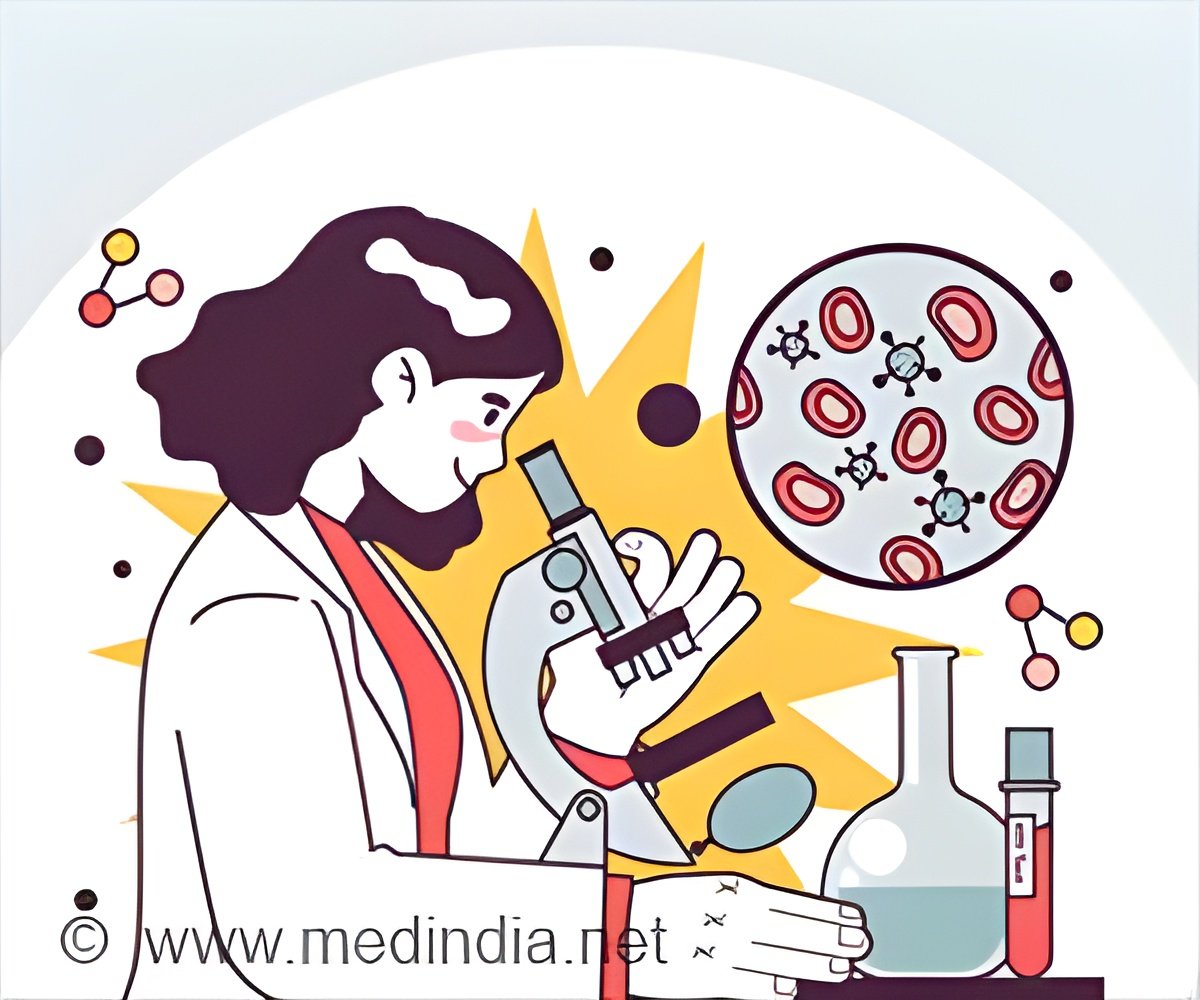Elite controllers, people who suppress HIV naturally, are teaching us how to design smarter vaccines targeting the virus’s weak points. Clinical trials are on the horizon.

In 1981, physician-scientist Bruce Walker began his medical career at Massachusetts General Hospital. Early in his internship, Walker encountered a patient with a puzzling combination of infections and cancers.
This case, followed closely by another with identical symptoms, marked the advent of a new epidemic — acquired immunodeficiency syndrome (AIDS). This catastrophic disease, once an acute medical enigma, is nowadays the leading cause of death among Americans aged 25-44, as of 1993, because of HIV(1✔ ✔Trusted Source
How HIV research has reshaped modern medicine
).
These days, over 40 years of tenacious scientific research have radically transformed AIDS management from a death sentence into a manageable chronic illness.
Advertisement
From Molecular Insights to Frontline Medicines
The retrovirus identification of HIV, which is the type of virus that integrates its genetic material into that of host cells, had a very major achievement in the recognition of HIV as critical.
CD4 T lymphocytes are the cell types that HIV mostly infects by hijacking cellular machinery for its replication and spread. Research from Harvard Medical School (HMS) has enlightened essential facets of the behaviors of the virus in accepting host cells, genetically integrating, and escaping immune response. The much knowledge so acquired made antiretroviral therapy development possible, which suppresses HIV replication, reduces its load up to undetectable values, and stops transmission.
It has a preventative that goes by the name “pre-exposure prophylaxis,” or PrEP, whose efficacy has the capability of stopping the transmission of HIV by even 99% in some instances now proven to be true. More recently, innovations such as a long-acting therapeutic drug called lenacapavir-propose biannual administration could change HIV prevention practices.
The other complication that undermines the successful elimination of a virus is the fact that this virus has the capability of establishing latent reservoirs in host cells, where it remains dormant but can be later reactivated.
Latent HIV can be responsible for chronic inflammation, which can increase the risk of cardiovascular diseases, diabetes, kidney disorders, and even some cancers. Research headed by Steven Grinspoon has shown that statins have the potential to mitigate cardiovascular risks in HIV patients by 35%, which can be a form of management for these complications.
Advertisement
Roadmap to a Vaccine
Even with advanced treatment, approximately 1.3 million new HIV infections occur annually, highlighting the urgent need for a vaccine. However, the quest for an HIV vaccine has been fraught with challenges, including the virus’s rapid mutation, genetic diversity, and ability to establish latent reservoirs.
Recent efforts, such as the “mosaic” vaccine developed by Dan Barouch and Johnson & Johnson, utilized computational biology to target multiple HIV strains. The vaccine demonstrated safety but its efficacy of 14% fell short of the minimum threshold. Research emphasises the importance of designing vaccines that neutralise antibodies and robust T-cell responses.
Advertisement
Lessons from Elite Controllers
They provide valuable knowledge to elite controllers, a small group of HIV-infected people, with naturally suppress the virus without any form of medication.
Research indicated that T cells from elite controllers recognize crucial sites on the virus that are vital for its survival, and these may prove important for limiting its replication. Such findings have suggested new vaccination strategies, such as viral vector- or RNA-based candidates now set for clinical trials in Africa (2025) and the US (2026).
Broader Implications of HIV Research
The process of fighting HIV for several decades has resulted in the advancement of several fields by leaps and bounds. On account of the HIV experience, the research that learned important lessons from rapid developments in COVID-19 vaccines, diagnostics, and treatments was greatly accelerated. For instance, vector-based technologies and other platforms currently used in developing vaccines against SARS-CoV-2 were refined using HIV-based research.
HIV research has also pushed forward the technologies of gene therapy and CAR T-cell. As the next step in this evolution, lentiviruses, which are closely related to HIV, now function as vectors for gene transfer; whereas some of the earliest CAR T-cell studies targeting HIV laid out the groundwork for their eventual application in oncology.
At present, more than millions benefitted from their lives by improving them through reliving and bringing changes to substitutions in modern medicine. From the very early stage of pioneering antiretroviral therapy to the immunology and gene therapy experimental branches, this area of research appears to generate revenue for scientists trying to make progress.
This will no longer be the end of the future trials for new vaccines- the historical lesson learned through these initiatives would be useful towards finding a solution for ending the HIV epidemic as well as improving global health.
Reference:
- How HIV research has reshaped modern medicine- (https:news.harvard.edu/gazette/story/2024/11/how-hiv-research-has-reshaped-modern-medicine/)
Source-Medindia



